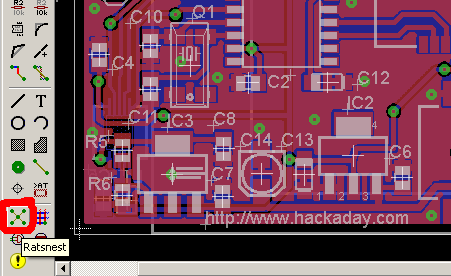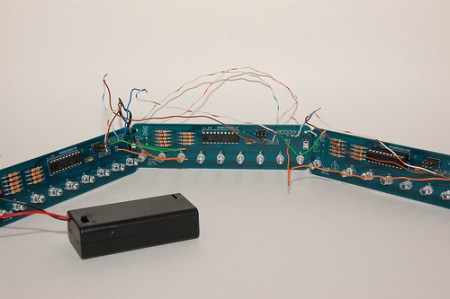
Part one and Part two of Hackerspace Pumping Station: One taking on the Scion challenge are up and ready for your viewing pleasure. The team at Pumping Station: One built a Tron themed bicycle that when setup properly, would churn ice cream that turned your urine neon in about 6 minutes by using dry ice and ethyl alcohol. Besides sounding not so tasty, and having a multitude of problems along the way, the project turned out the be a success. The question becomes, does it stand up to the last Hackerspace, NYC Resistor, who made a drink mixing slot machine? And how will both fair against the up and coming Musical Building by Crash Space?
[Thanks Deven]
















